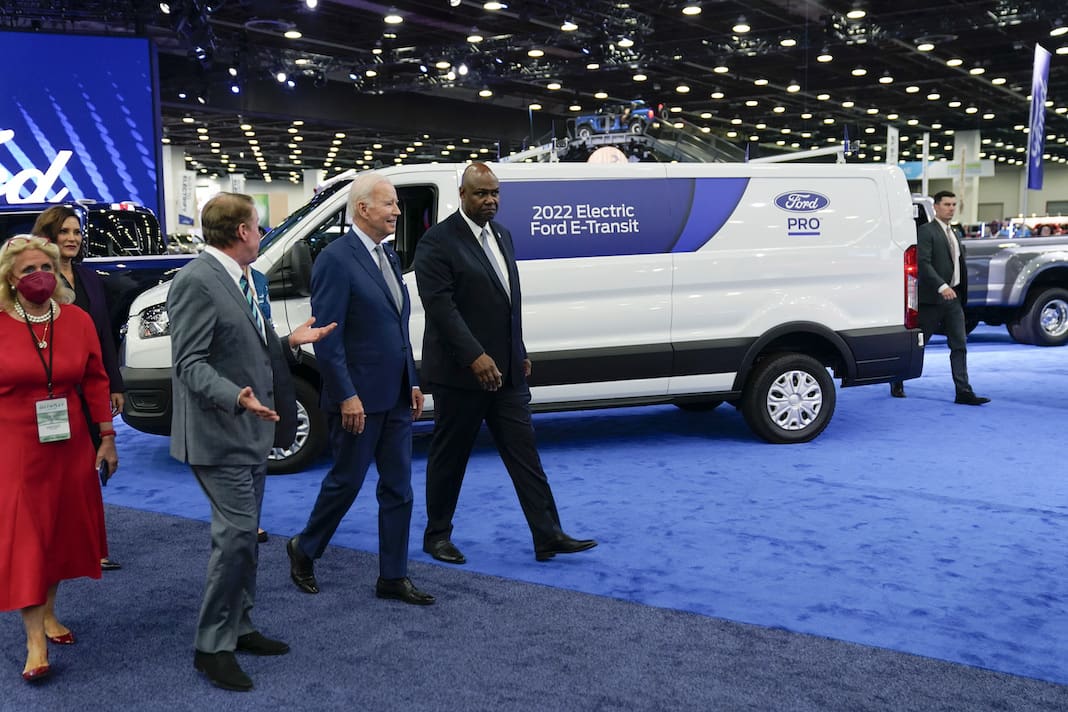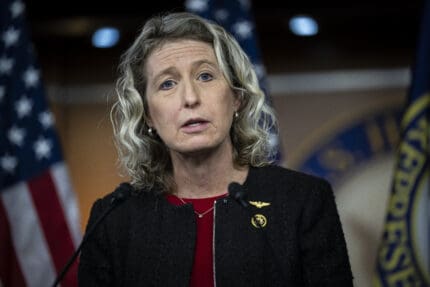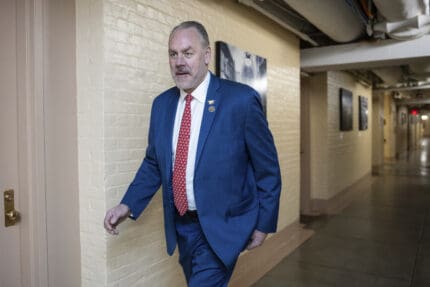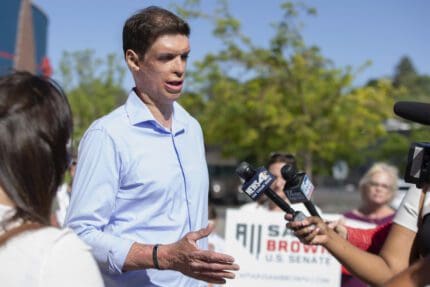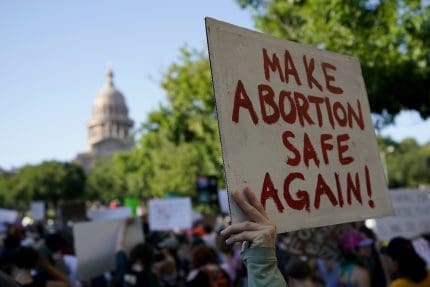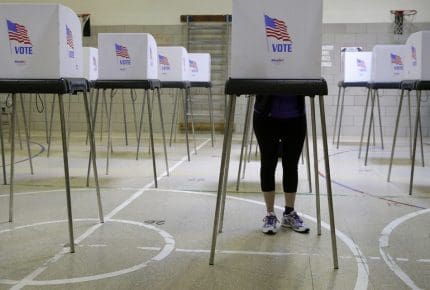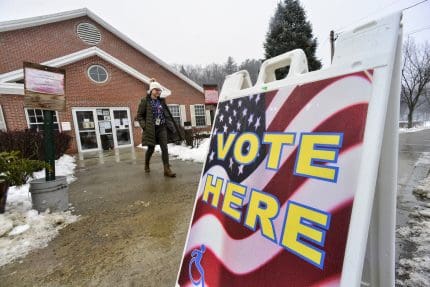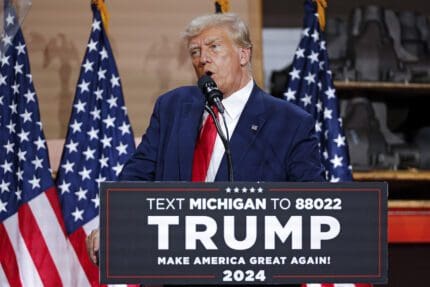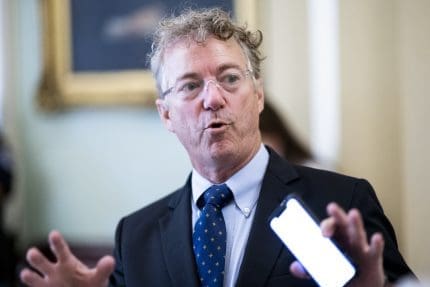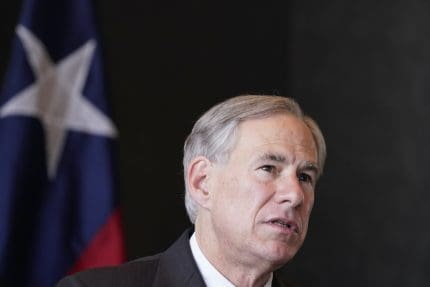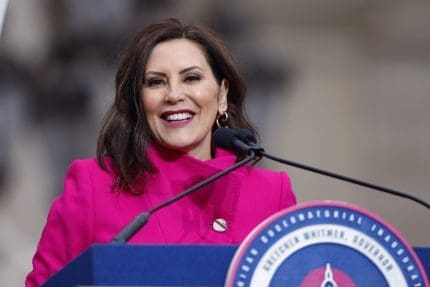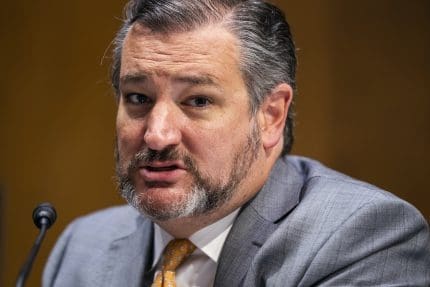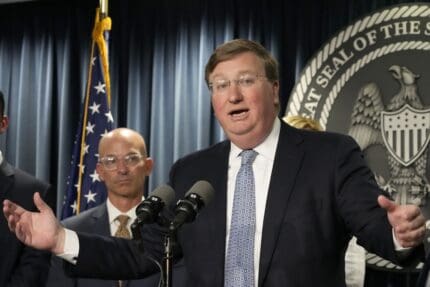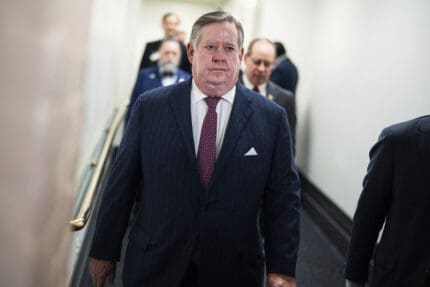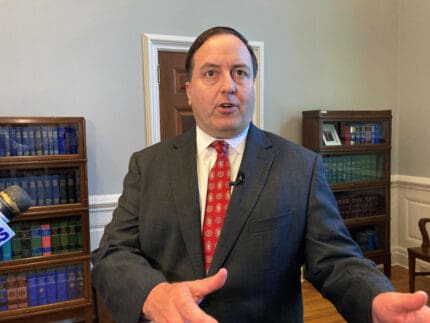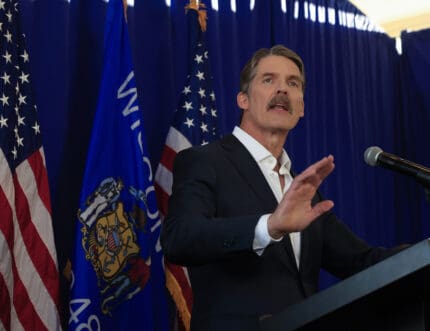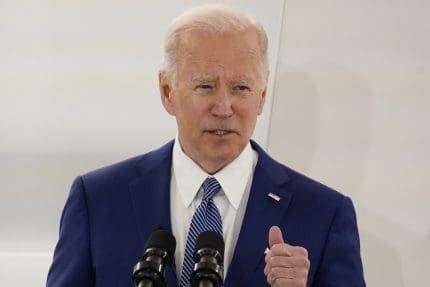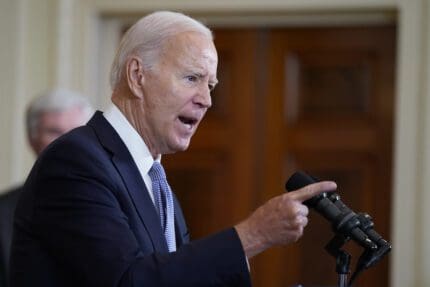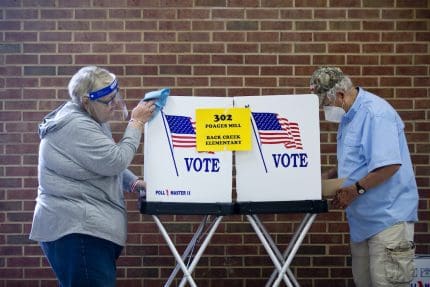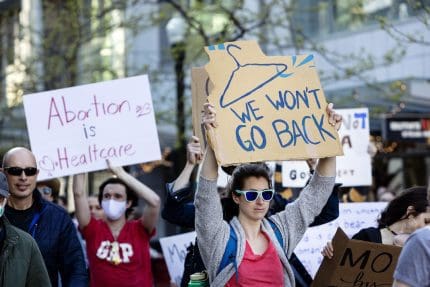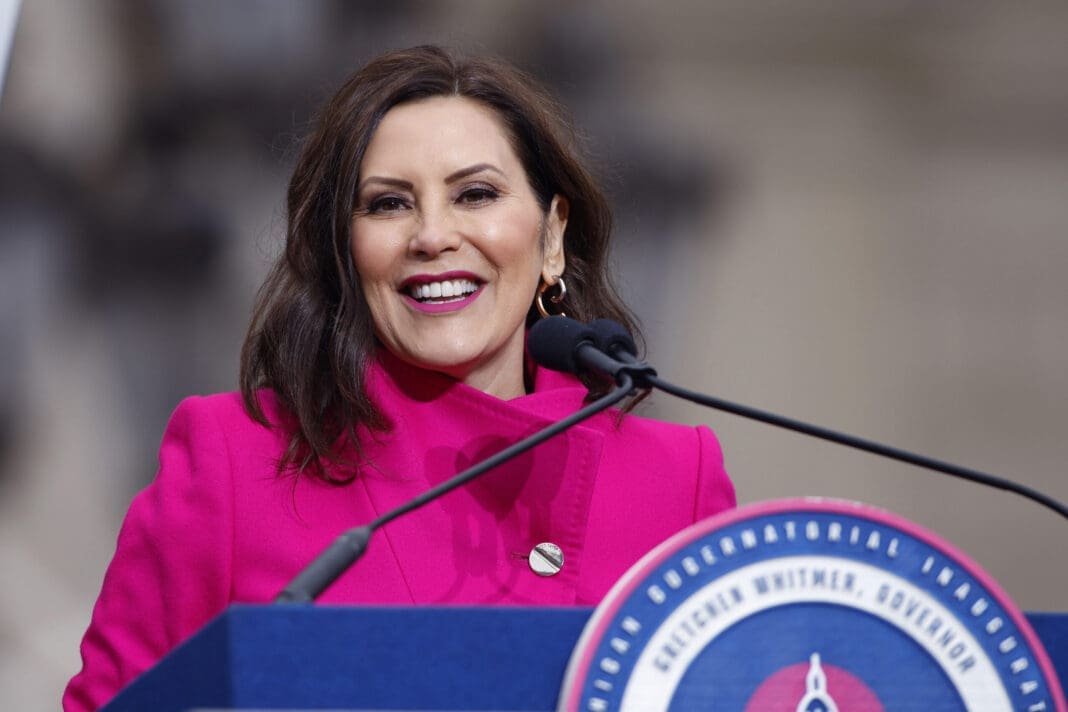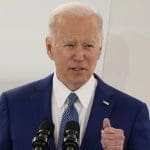Under Obama, mass incarceration has decreased for the first time in nearly 50 years
Throughout his time his in office, President Obama has attacked the issue of mass incarceration from many angles, and has successfully reduced the rates after nearly five decades of rising numbers: [media-credit name=”The Sentencing Project” link=”http://www.sentencingproject.org/criminal-justice-facts/” align=”aligncenter” width=”617″][/media-credit] How did Obama accomplish this, and what will happen to the policies that have achieved this success […]
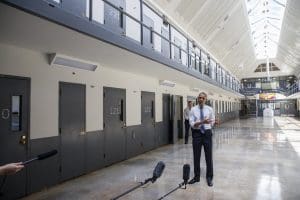
Throughout his time his in office, President Obama has attacked the issue of mass incarceration from many angles, and has successfully reduced the rates after nearly five decades of rising numbers:
[media-credit name=”The Sentencing Project” link=”http://www.sentencingproject.org/criminal-justice-facts/” align=”aligncenter” width=”617″] [/media-credit]
[/media-credit]
How did Obama accomplish this, and what will happen to the policies that have achieved this success under a Trump administration?
- Unprecedented grants designed to reduce violence and recidivism. Obama’s second chance program gave millions of dollars in Pell grants to newly released prisoners. The Reentry Demonstration Program provided $67 million for job skills training. The Permanent Supportive Housing program gave $8.7 million for housing for newly released inmates. These are just three of dozens of grants the Obama administration supported. Trump has mentioned cutting federal funding, especially to sanctuary cities, which are often places with high populations that need such grants the most.
- Reduction in mandatory minimum prosecutions. Mandatory minimum prosecutions have seen record reduction due to Obama’s guidelines to prosecutors to avoid charging cases that carry mandatory minimum sentences for low level drug crimes. Senator Jeff Sessions (R-AL), Trump’s nominee for attorney general, is opposed to reducing mandatory minimums.
- Banning the box. Obama issued guidelines to prohibit asking about criminal records until the final stage of the hiring process for federal jobs and encouraged private industry to do the same. Many states have enacted so-called “ban the box” laws as a result (see below). These laws help those with criminal records find jobs and avoid returning to a life of crime. It remains uncertain if Trump will continue to promote these policies.
[media-credit name=”Hire Image” link=”http://www.hireimage.com/ban-the-box/” align=”aligncenter” width=”433″] [/media-credit]
[/media-credit]
- Reducing sentences for low level drug crimes, including crack cocaine. There was a massive sentencing disparity between powder cocaine and crack cocaine that unfairly targeted Black individuals. That sentencing disparity has been reduced by lowering the jail time for crack cocaine offenders, among other offenses. Trump has campaigned on being tough on crime, and his potential attorney general, Sessions, views reducing sentences as “not tough” and “harms public safety.”
- Strong rehabilitation programs. Obama has strong initiatives for rehabilitating prisoners, as well as building family ties and taking care of offenders’ families. These programs have been important in maintaining family structures so that people have social support coming out of jail. Trump’s stance is dramatically different: “Soft criminal sentences are based on the proposition that criminals are the victims of society. A lot of people in high places really do believe that criminals are victims. The only victim of a violent crime is the person getting shot, stabbed, or raped. The perpetrator is never a victim. He’s nothing more than a predator.”
- Commutations. Obama has granted more commutations of sentences than the last 11 presidents combined. While these have had a small effect on the total incarcerated population, many of these offenders were serving life sentences for low level drug offenses. These commutations have saved the criminal justice system millions of dollars and given people a second chance. But as Sessions has called these commutations an abuse of power, it is unlikely a Trump presidency would continue the practice.
- Reducing numbers of undocumented immigrants in jail. Obama was moving towards ending for-profit detention centers for undocumented immigrants, which would reduce incarceration in U.S. facilities. But Trump has said he plans to deport or jail 3,000,000 immigrants. Even a small fraction of those immigrants going to jail would dramatically increase our prison population.
- Not renewing private prison subsidies. Obama has avoided renewing many private prison contracts, and had Clinton been elected, many more would not have been renewed under Obama’s federal guidelines. Trump has taken the opposite approach and plans to expand such contracts, claiming that private prisons “work better.”
The Obama administration has taken unprecedented steps to reduce the mass incarceration problem in America. Most of these programs and practices are not expected to be carried forward by the Trump administration.
But Obama deserves plenty of credit and respect for tackling one of the biggest problems facing our society — he and his administration helped to stem the exponential growth of our prison population. This success and its positive impact on individuals and society need to be held up as evidence against the opposite moves Trump will most likely take once in office.
Recommended

Biden on abortion rights: President expects to give speech Tuesday on new Florida 6-week ban
‘Having the president of the United States speaking out loud and with confidence about abortion access is a great thing’
By Mitch Perry, Florida Phoenix - April 22, 2024
Biden calls for expanded child tax credit, taxes on wealthy in $7.2 trillion budget plan
President Joe Biden released his budget request for the upcoming fiscal year Monday, calling on Congress to stick to the spending agreement brokered last year and to revamp tax laws so that the “wealthy pay their fair share.”
By Jennifer Shutt, States Newsroom - March 11, 2024
Biden rallies Democrats in Las Vegas: ‘Imagine the nightmare’ if Trump reelected
With a primary win all but inevitable, President Joe Biden used his Sunday appearance in Las Vegas’s Historic Westside to rally his most vocal supporters in a battleground state that delivered for him four years ago.
By April Corbin Girnus, Nevada Current - February 05, 2024





